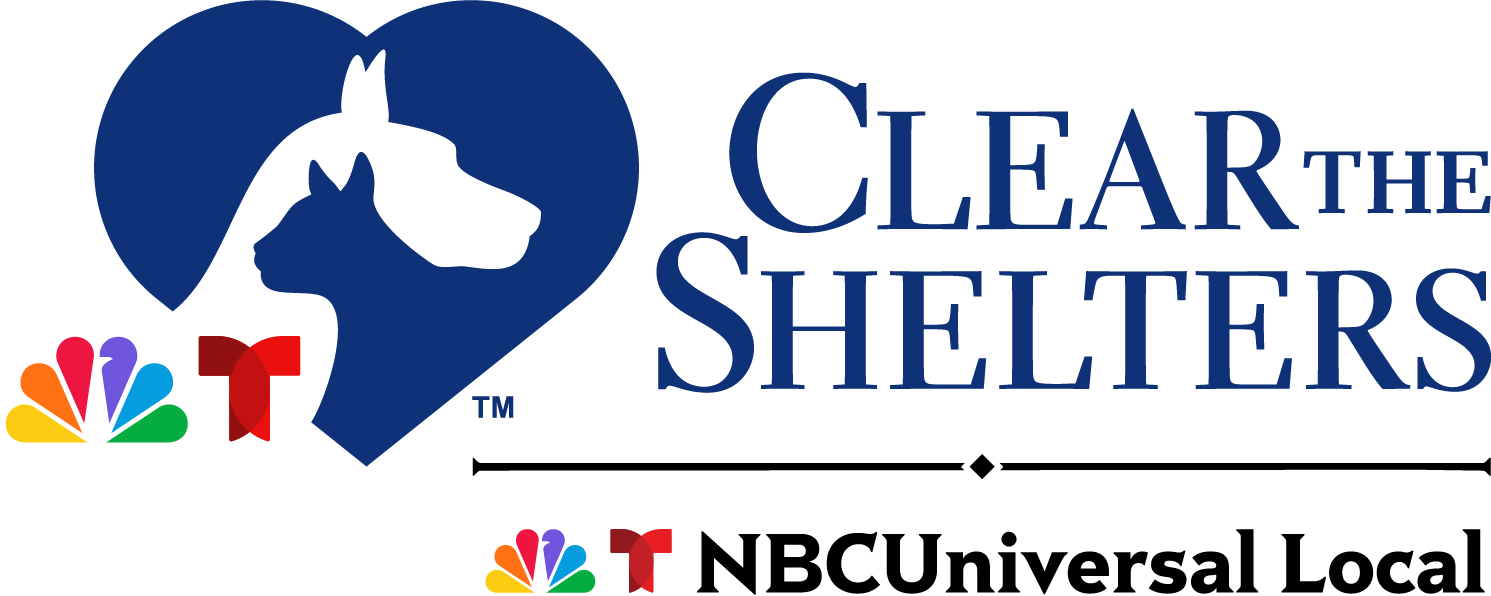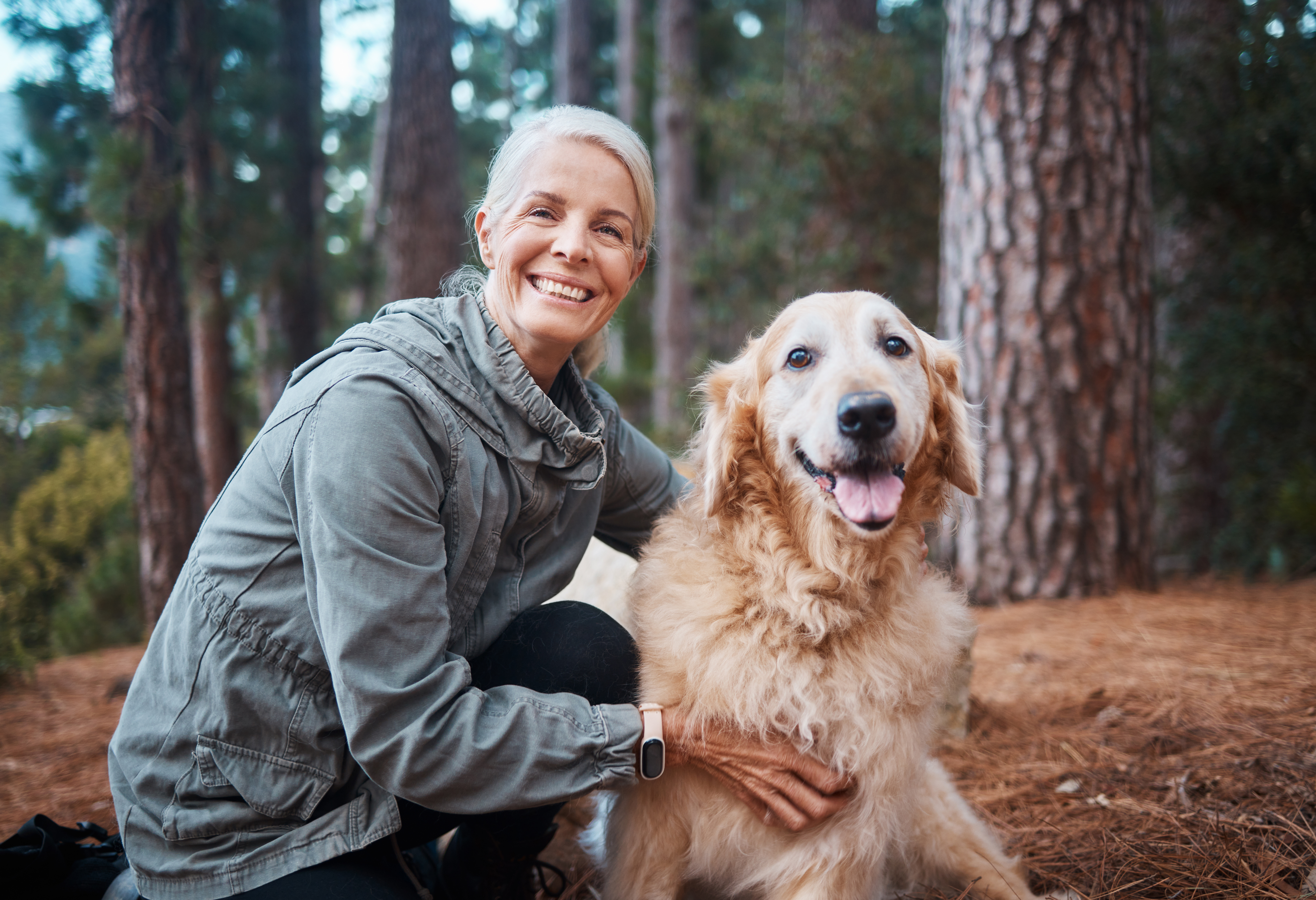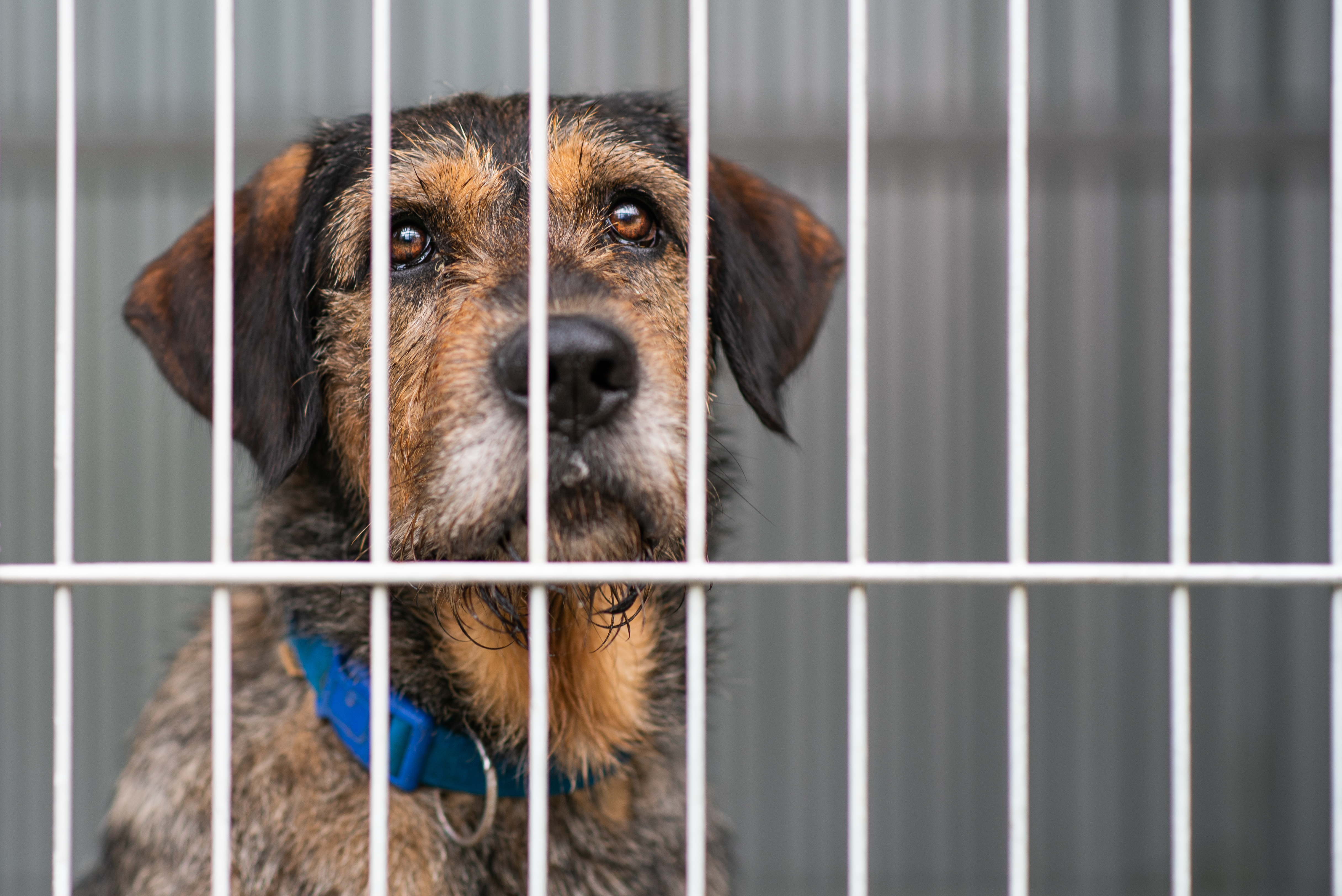Adopting a pet can be a rich experience for both the owner and the animal, but it comes with costs.
While many shelters offer low or no-cost spaying and neutering, vaccinations, and microchipping, there are upfront and ongoing health and wellness expenses to budget for after basic adoption fees.
Caring for a dog will set you back between $1,400 and more than $2,000 annually, depending on the size, The American Society for the Prevention of Cruelty to Animals estimates. For a cat, you can anticipate spending around $1,174 a year. All those purchases add up; according to the American Pet Products Association, U.S. pet owners spent a total of $60.59 billion on their pets in 2016.
Even with the costs, many animal owners will tell you the overhead required to keep your pet happy and healthy will be worth its weight in kibble. Here's a look at some of the purchases you can expect to make once you bring a pet into your home.
THE BASICS:
First things first: what you’ll need to buy in order to create a happy home for your new pet. To start, you’ll need a collar and ID tag (in advance, in case your new friend attempts a getaway en route home). You’ll also need a bed, kibble, toys and treats. Research local prices for registration fees and any costs associated with vaccinations and microchipping so you know how much you'll have to spend on those needs post adoption. For cats, don’t forget the litter box and kitty litter.
Other costs to factor in before heading to the shelter might be for services like boarding, which can cost between $15 and $50 per night, dog walking, $15 to $20 per half-hour, and pet sitting services, which can cost between $10 and $65 per day. Be sure to consider that the cost of day and weekend trips — or even an evening stuck late at work — will likely go up once you take your pet's needs into account.
Be sure to inquire about pet insurance rates with a representative at your local shelter before bringing your new friend home. Those plans can help defray some costs required to keep your pet healthy.
FOOD AND TREATS:
Before You Adopt
Food factored in as the highest pet cost in the APPA estimates, at $23.04 billion in total spending a year, followed by veterinarian care. And it's not just basic kibble hitting the dog bowls daily. The humanization of pets is driving demand for the best possible products, APPA representative Ashlee Verba said. Increasingly, pet owners are shopping organic.
"All natural is huge right now. The pet industry mirrors the human market so much. As more people are realizing, you know, grain and gluten free, all of these things are also being mirrored in the pet market," she said, adding that American-made pet food and "ingestibles" are at the forefront of trends in the pet market.
Sandra J. Townsend, a Chicago-based blogger who writes about life with her rescued Dachshund-mix Dolly in her blog, Dolly the Doxie, is part of that trend. Townsend, who writes about her pet costs occasionally on her site, likes to splurge on high-quality chow. Premium pet food costs her around $90 per bag, but can last several months.
"It has to be all natural, grain free, and made in the USA from U.S.-sourced ingredients," Townsend, who spends about $40 a month on her dog, wrote in an email.
In addition to basic kibble, many pet owners end up purchasing additional treats, which can be a helpful tool when training your pet.
HEALTH:
Much like with doctor bills, veterinarian services can add up quickly. And not just in emergency care situations. Pets need regular checkups and vaccination updates. Supplies and over-the-counter medicine ranked as the third-highest cost for pet owners in the APPA survey.
Joey Teixeira, of New York City’s chapter of the American Society for the Prevention of Cruelty to Animals, stressed the importance of heartworm and tick prevention medication as well as core vaccinations. It’s important to note that most vaccines require more than one shot, he said.
"We'll have people who come in and they'll have a cat for 10 years and say it's vaccinated. But it never saw the vet since it was a kitten. We have to explain and educate that animals need vaccinations yearly," said Teixeira.
Vaccination costs vary greatly by location and provider, but vetinfo.com, a veterinary medical information website for dogs and cats, estimates core vaccine costs for adult dogs to be $75 to $100 annually and around $50 to $100 per year for cats.
Townsend said her biggest expenses are veterinary fees, which she estimates hit $100 to $200 a year on checkups and shots alone. With her dog’s recent diagnosis with inflammatory bowel disease, she anticipates thousands of dollars in vet bills. Luckily, she had a $25-a-month pet insurance plan to help defray the costs.
Without pet insurance, she cautions, "you need to be aware that there could be emergency expenses and be prepared to pay them."
GROOMING:
Teixeira also stressed the importance of regular professional grooming every four to six weeks for many dog breeds (and even some cats), in addition to weekly maintenance of their coats. A good brush, which can cost similar to human hair tools, can go a long way.
"At the adoption center we see dogs who come in with very matted fur which is very painful for the dogs and can cause circulation problems, issues with their limbs, skin irritations and infections," he said.
For long-haired breeds, owners can anticipate spending around $264 per year on pet grooming, according to ASPCA estimates.
SPECIAL SPLURGES:
Now that a trip to the groomer has your new pooch looking sharp, how about an outfit to tie it all together? If a stroll past your local doggie daycare or couture collar boutique hasn’t clued you in yet: Americans spend a lot on our animals.
The APPA, which conducts market research and tracks industry spending, also noted that pampering services thay go beyond basic grooming are an emerging trend factoring heavily in pet spending. Among the deluxe services trending in the pet market are luxury daycare and even spa treatments. There’s also apparel — not just doggie T-shirts, but designer dresses and swanky collars.
"You can get Swarovski crystal or you know, handmade leather. It gets pretty high-class," Verba said.
Townsend hasn't gone that far, though she does treat her pup to the occasional Chicago Blackhawks or Cubs T-shirt or bandana.
Assuming you’d rather spend more on your own wardrobe than your pet's, your newly adopted dog or cat will be just fine with the essentials.
But once the bond between you and your pet has taken root, you might just find you’d spare no expense, save maybe for the Swarovski crystal collar.


